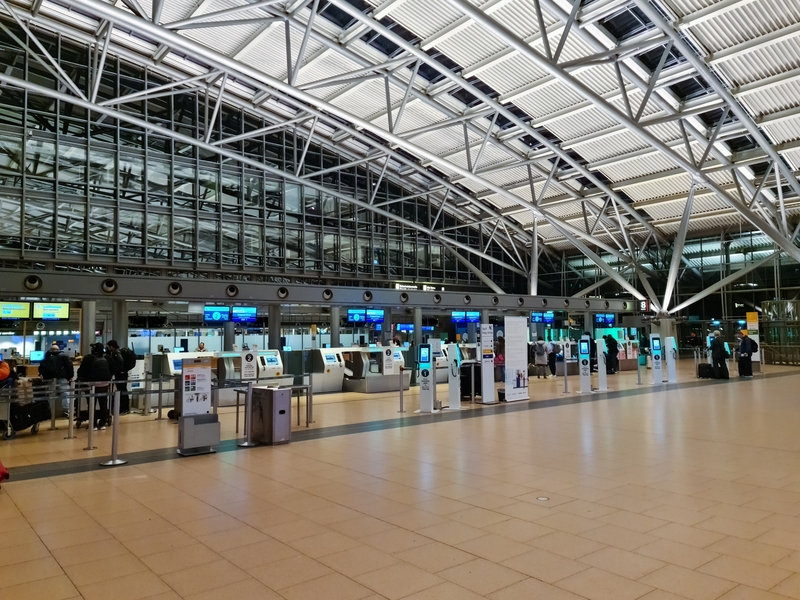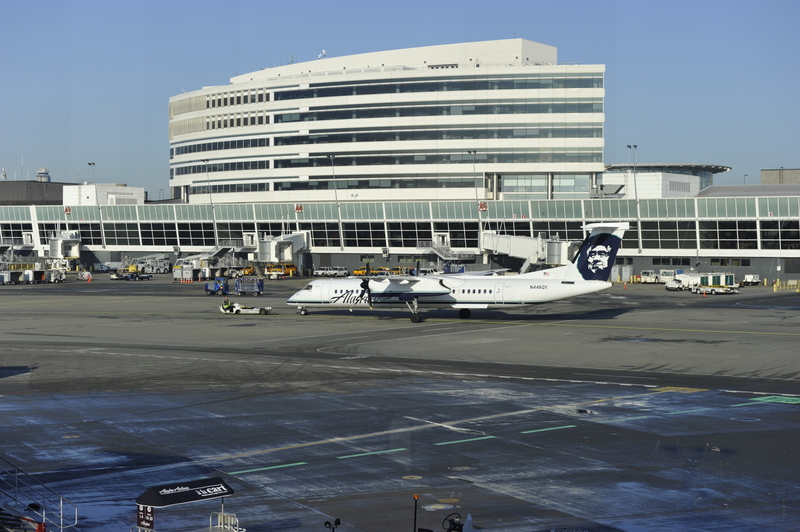Hamburg Airport Enhances Connectivity with New Eastern European Destinations

ID 365843256 © Michael Piepgras | Dreamstime.com
Hamburg Airport (HAM) has unveiled its Summer 2025 flight schedule, introducing direct flights to three Eastern European cities: Sibiu in Romania, Kutaisi in Georgia, and Zagreb in Croatia. These additions reflect the airport’s commitment to expanding its network and providing passengers with diverse travel options.
New Routes and Airlines
-
Sibiu (SBZ), Romania: Starting August 1, 2025, Wizz Air will operate thrice-weekly flights to Sibiu, also known as Hermannstadt. This marks the first direct connection between Hamburg and Sibiu, offering travelers access to the cultural and historical richness of Romania’s Transylvania region.
-
Kutaisi (KUT), Georgia: Wizz Air will commence flights to Kutaisi on April 15, 2025. This route provides passengers with a gateway to Georgia’s scenic landscapes and ancient heritage sites.
-
Zagreb (ZAG), Croatia: Croatia Airlines will launch a new service to Zagreb on July 1, 2025, operating three times a week. This connection facilitates direct travel to Croatia’s capital, known for its vibrant culture and historic architecture.
Expanded Summer Flight Schedule
The Summer 2025 schedule, effective from March 30, encompasses approximately 120 direct destinations across 40 countries. Despite reductions by some airlines due to operational costs, the overall impact on passengers is minimal, as many destinations continue to be served by multiple carriers.
Popular Destinations and Increased Frequencies
Mallorca (PMI) and Antalya (AYT) remain top choices for travelers, with around 70 and 40 weekly flights, respectively. Additionally, services to Greece and Albania have been increased to meet growing demand.
Bottom Line
Hamburg Airport’s introduction of new routes to Sibiu, Kutaisi, and Zagreb underscores its dedication to enhancing connectivity and offering passengers a broader range of travel destinations. These additions not only provide direct access to emerging Eastern European locales but also contribute to the airport’s role as a pivotal hub in European air travel.



